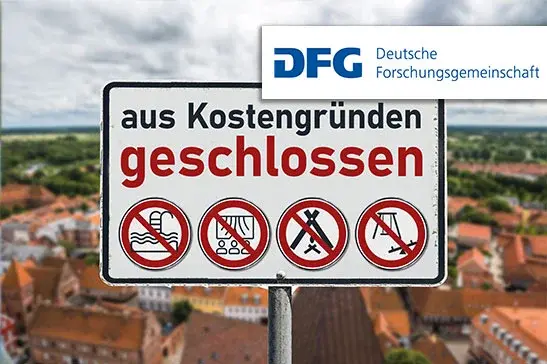The Design of Debt Relief Support for Financially Weak, Small Municipalities in Germany: A Compar-ative Analysis with Special Consideration of Federal Structures.

In the course of the global financial and economic crisis, the municipal budget situation in Germany, which had already been characterized by declining tax revenues since the 1990s, deteriorated. Since then, the federal states have been confronted, albeit with varying degrees of intensity, with the problem of over-indebted and thus severely hampered municipalities. In response to this challenge, the states each formulated their own support programs for over-indebted municipalities. The effects of such conditional assistance for over-indebted municipalities are, on the one hand, a declining debt level of the municipalities affected, but, on the other hand, also falling investments and thus an expectable loss of competitiveness. At the same time, the existing literature shows two research gaps: Firstly, the current state of knowledge on conditional debt assistance refers almost exclusively to cities with more than 50,000 inhabitants and thus leaves out most municipalities in rural areas. Secondly, previous studies on the effects of support programs focus on the analysis of financial strength and growth indicators and neglect the qualitative dimension of the effects of municipal debt relief support on social welfare and thus on the quality of life of the local population.
The motivation of this research project is to add a spatial and qualitative perspective to the existing research on municipal debt support, which is mainly based on political and financial science. Building on the conceptual approaches of austere federalism and austerity management, the proposed project aims to analyse both the local effects of conditional debt support on small municipalities in a federal comparison and the influence on spatial disparities. In a comparative study, all municipalities participating in debt relief programs between 2011 and 2018 in the federal states of Bavaria, Hesse, North Rhine-Westphalia, Rhineland-Palatinate and Saarland will be examined. This is done on the basis of three objectives: First, a qualitative content analysis of the consolidation contracts between the states and municipalities, second, an econometric analysis of the consolidation programs for socio-structural characteristics of the municipalities, and third, based on this, an expert-based field analysis of the effects and strategies in dealing with austerity programs in selected consolidation municipalities. In a broader context, the proposed